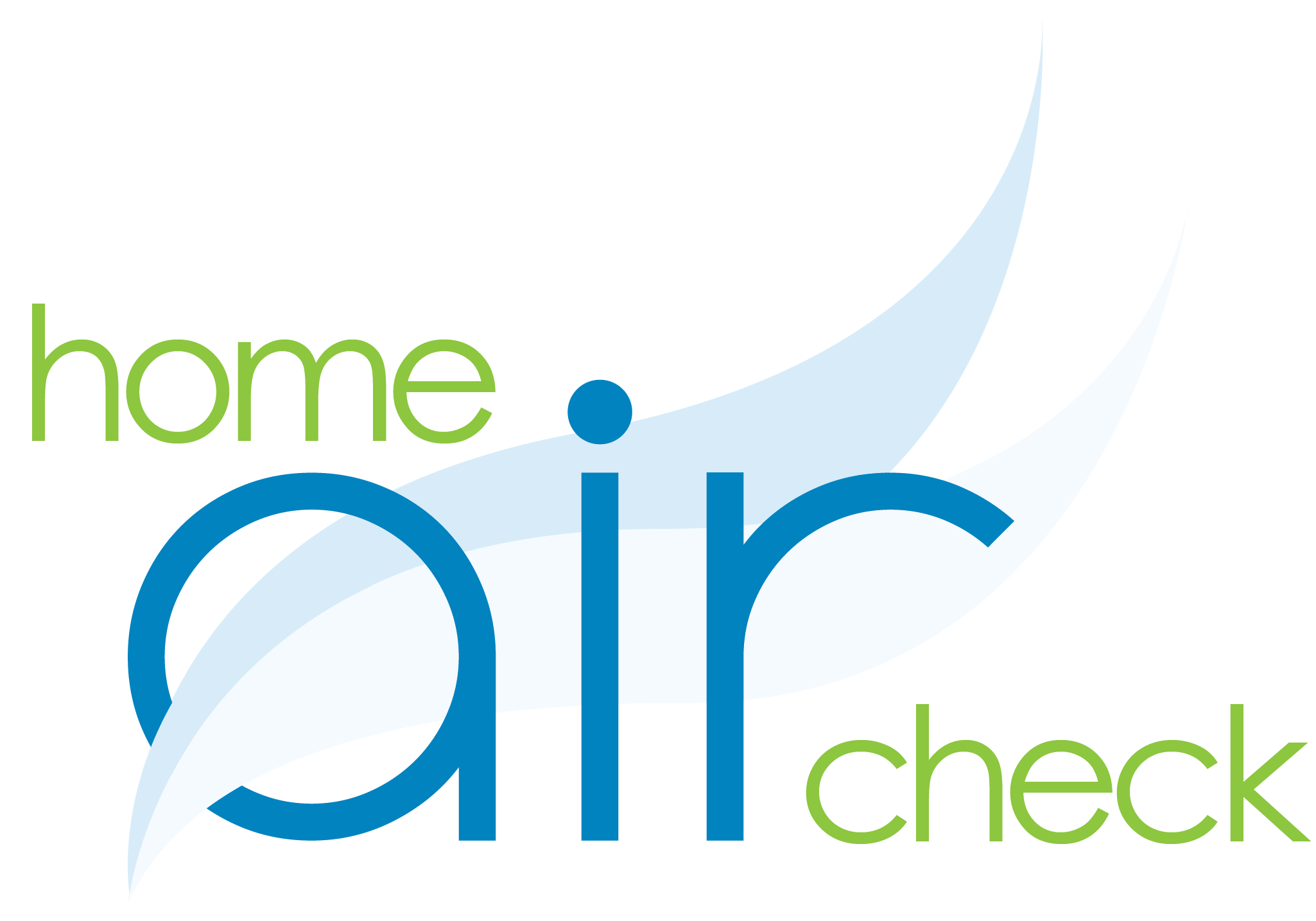When you think about air pollution, it’s easy to picture smog hanging over busy highways or industrial smokestacks releasing smoke into the sky. But here’s a surprising truth, the air inside your home can be 2–5 times more polluted than the air outside.
That means the place where you spend most of your time, the space meant to keep you safe and comfortable might be filled with invisible pollutants you can’t see, smell, or taste. Over time, these pollutants can affect your health, your comfort, and even your quality of life That’s why understanding indoor air quality (IAQ) matters more than ever. Let’s break it down and talk about why IAQ deserves a spot on your radar.
What Exactly Is Indoor Air Quality?
Indoor Air Quality is a term that simply refers to the air quality inside and around buildings, especially as it relates to the health and comfort of the people who spend time there. It considers several key factors, including the levels of pollutants such as dust, chemicals, mold spores, or allergens; the amount of ventilation and airflow, which determines how well fresh outdoor air circulates indoors; and the balance of humidity and moisture, since too much can encourage mold growth while too little can make the air dry and irritating.
Good indoor air quality means clean, fresh air that’s low in pollutants and properly ventilated. Poor IAQ on the other hand means the air may be carrying a mix of contaminants, some natural, some man-made that can build up over time if they’re not addressed.
Why Indoor Air Can Be More Polluted Than Outdoor Air
Most of us assume that by closing the doors and windows we’re keeping outdoor pollution where it belongs— outside. And while that’s true, the flip side is that the air inside your home can easily become stale and polluted if it isn’t refreshed or filtered properly.
Many everyday activities and products can contribute to indoor air pollution, including:
- Cooking and heating appliances: Gas stoves, fireplaces, and furnaces release particles and gases into the air.
- Household cleaners and air fresheners: Products with strong scents often release volatile organic compounds (VOCs), which can irritate your lungs and eyes.
- Building materials and furniture: New carpets, flooring, and furniture can “off-gas” chemicals into the air for months after installation.
- Moisture and humidity issues: Damp areas like basements and bathrooms can lead to mold growth if not managed properly.
- Pets: Dander, hair, and tracked-in outdoor pollutants all add to the mix.
When you realize that most people spend about 90% of their time indoors, it’s easy to see how these factors add up over time and why IAQ should be a priority in every home.
Why IAQ Matters for Your Health
Poor indoor air quality isn’t just a comfort issue; it can have a direct impact on your health and well-being. Even if you don’t notice anything right away, exposure to pollutants indoors can affect you in big and small ways.
Common symptoms of poor IAQ include:
- Sneezing, coughing, or worsening allergies
- Asthma flare-ups or respiratory irritation
- Headaches, fatigue, and difficulty concentrating
- Eye, nose, and throat irritation
- Dry skin or worsening of sinus issues
For sensitive groups like young children, older adults, or people with asthma or immune conditions, the risks are even greater. And prolonged exposure to some pollutants, such as certain VOCs or mold, can contribute to more serious health issues over time.
The bottom line: what you can’t see in your air can still affect your health.
The First Step: Awareness
The good news? Once you know the problem exists, you can start to take control. That’s the whole point of IAQ Awareness Month, helping homeowners like you understand what might be in your air so you can make informed choices to improve it.
Simple steps like improving ventilation, using air purifiers, keeping humidity in check, and choosing low-VOC cleaning products can all make a difference. But the first and most important step is to understand what’s in your air, because you can’t fix what you can’t see.
Looking ahead, throughout IAQ Awareness Month we’ll take a closer look at common indoor pollutants like VOCs, mold, and other “dirty air” culprits, as well as the health impacts of poor indoor air quality and the symptoms you should watch for. We’ll also share practical solutions to help you improve your home’s air quality for the long run, because when it comes to your health and your home, knowledge really is power.


